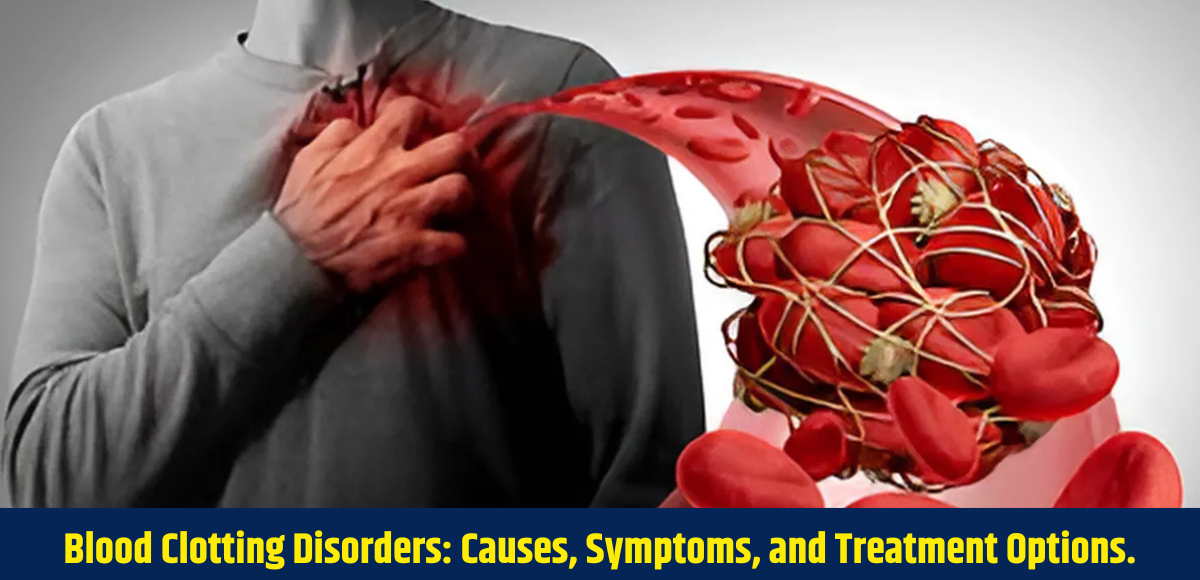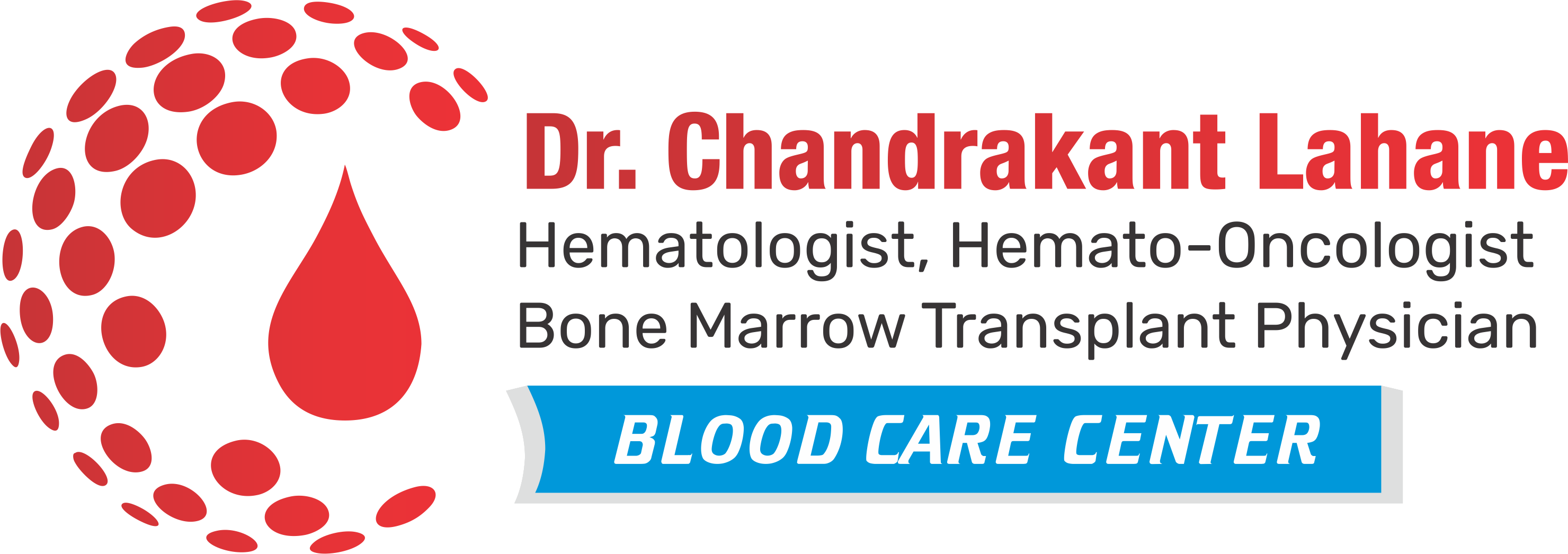
Blood Clotting Disorders: Causes, Symptoms, and Treatment Options.
Blood Clotting Disorders: Causes, Symptoms, and Treatment Options.
What Are Blood Clotting Disorders?
Blood clotting disorders, also known as coagulopathies, represent a significant challenge in the realm of healthcare, affecting individuals’ ability to form and manage blood clots effectively. These disorders can lead to a range of complications, including excessive bleeding or inappropriate clot formation, both of which can pose serious health risks. Understanding the causes, symptoms, and treatment options available is crucial for those affected and their families. With advancements in medical research and treatment strategies, individuals suffering from these conditions can find hope and support. Blood clotting disorders, often treated by experts like Dr. Chandrakant Lahane, a renowned blood cancer doctor in Pune, are conditions that affect the body’s ability to form clots effectively. These disorders can lead to excessive bleeding or inappropriate clotting, both of which can pose serious health risks.
What Causes Blood Clotting Disorders?
Genetic Factors: Conditions like hemophilia and von Willebrand disease are inherited and result from genetic mutations affecting clotting factors.
Acquired Conditions: Certain medical conditions, such as liver disease, vitamin K deficiency, or autoimmune disorders (e.g., lupus), can lead to clotting issues.
Medications: Some medications, especially anticoagulants like warfarin, can impair the clotting process, leading to increased bleeding risk.
Lifestyle Factors: Obesity, smoking, and prolonged periods of inactivity can increase the risk of developing blood clots.
What Are the Symptoms of Blood Clotting Disorders?
Symptoms of blood clotting disorders can vary based on the type and severity of the condition. Common symptoms include:
Excessive Bleeding: Unexplained bruising, frequent nosebleeds, or prolonged bleeding from cuts.
Joint Pain and Swelling: Particularly in conditions like hemophilia, where bleeding occurs in joints.
Fatigue: Due to chronic blood loss.
Clot Symptoms: In cases of deep vein thrombosis (DVT), symptoms may include swelling, pain, and redness in the affected limb.
How Are Blood Clotting Disorders Diagnosed?
Diagnosis typically involves a combination of medical history, physical examination, and laboratory tests, including:
Blood Tests: To assess clotting factor levels, platelet counts, and overall clotting ability (e.g., PT, aPTT, and INR tests).
Genetic Testing: To identify inherited clotting disorders.
Imaging Tests: Such as ultrasounds to detect clots in veins.
What Are the Treatment Options for Blood Clotting Disorders?
Treatment for blood clotting disorders depends on the underlying cause and may include:
Medications:
Anticoagulants: Such as warfarin or heparin, to prevent new clots from forming.
Clotting Factor Replacement Therapy: For conditions like hemophilia, where specific clotting factors are missing.
Lifestyle Changes:
Maintaining a healthy weight, quitting smoking, and regular exercise can help manage risks.
Surgery:
In severe cases, procedures like vein stripping or clot removal may be necessary.
Monitoring: Regular check-ups and blood tests to monitor the effectiveness of treatment and adjust medications as needed.
What Should You Do If You Suspect a Blood Clotting Disorder?
If you experience unusual bleeding or symptoms suggestive of a blood clotting disorder, it’s crucial to consult a healthcare professional. Dr. Chandrakant Lahane, a distinguished blood cancer doctor in Pune, can provide specialized care and intervention for blood-related disorders. Early diagnosis and intervention can prevent serious complications.
Understanding blood clotting disorders, their causes, symptoms, and treatment options is vital for managing these conditions effectively. If you or someone you know is affected by such disorders, seeking medical advice from experts like Dr. Chandrakant Lahane, a reputable blood cancer doctor in Pune, is essential for proper care and management.
